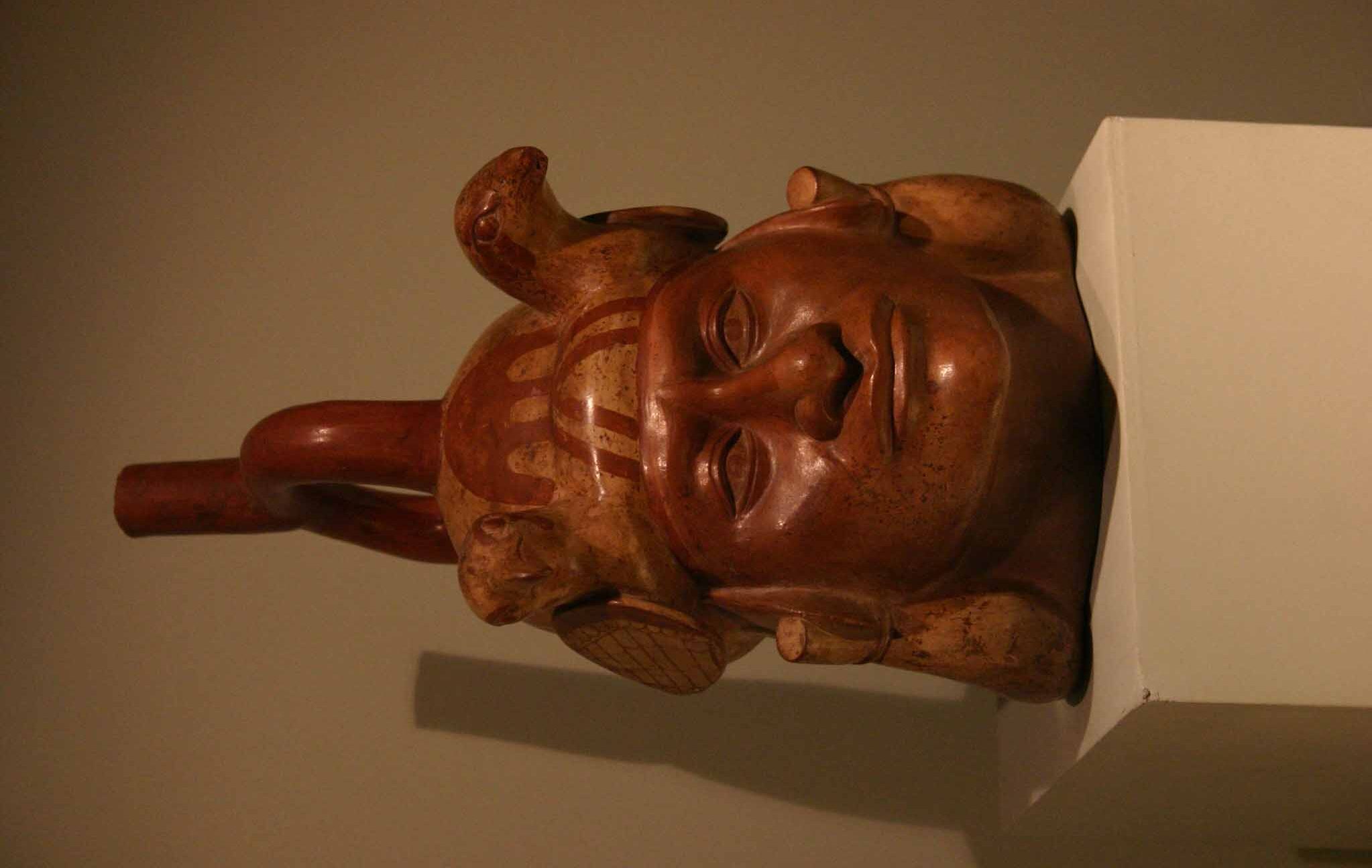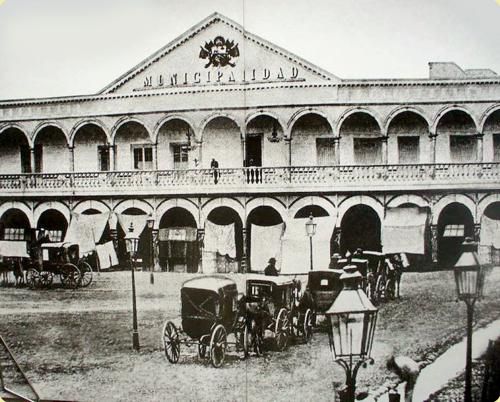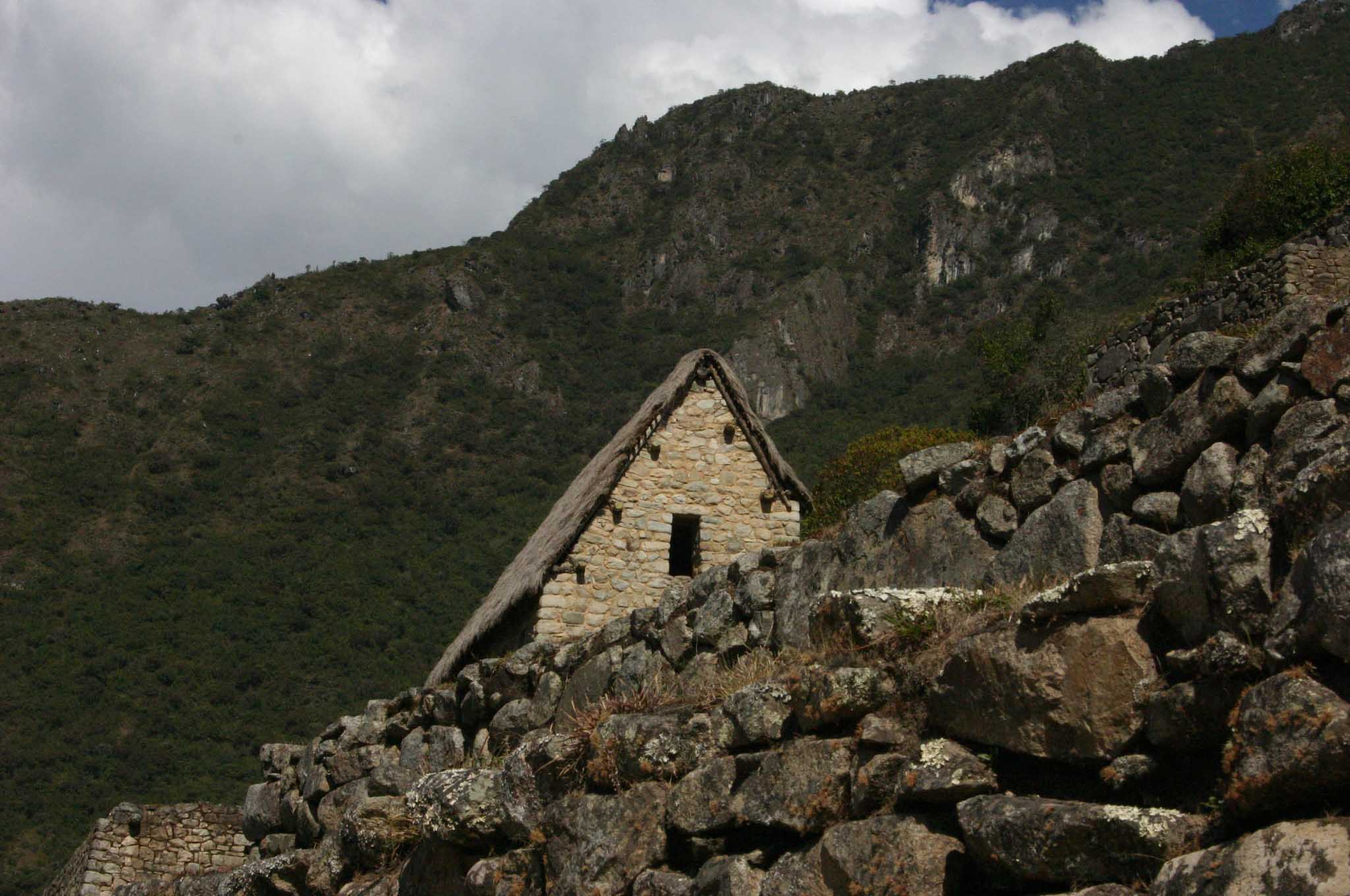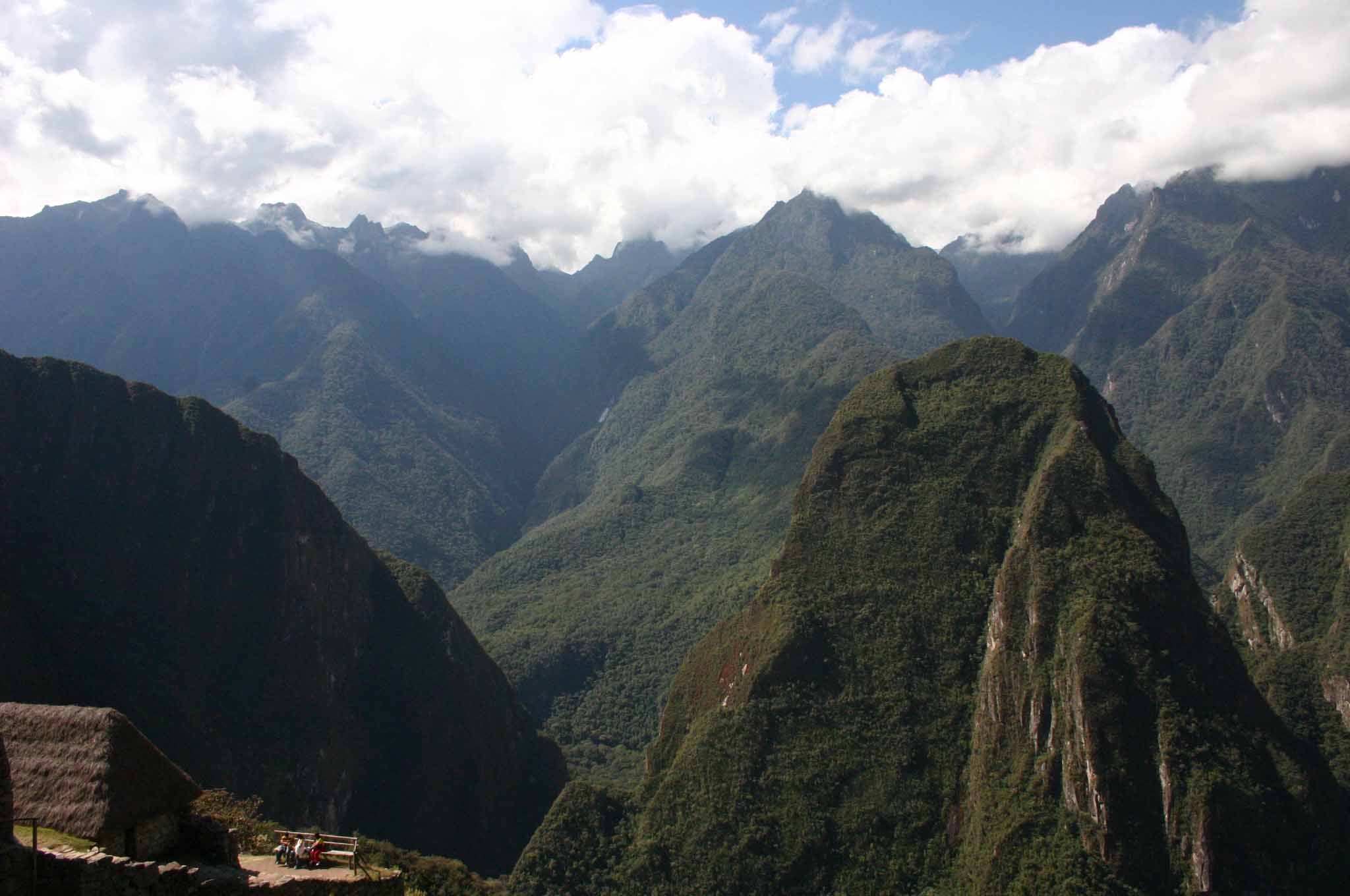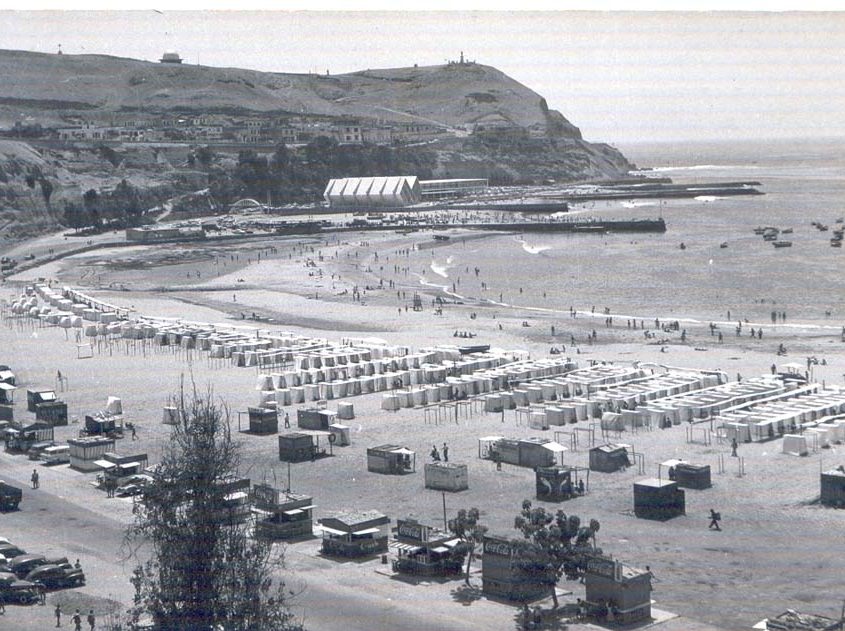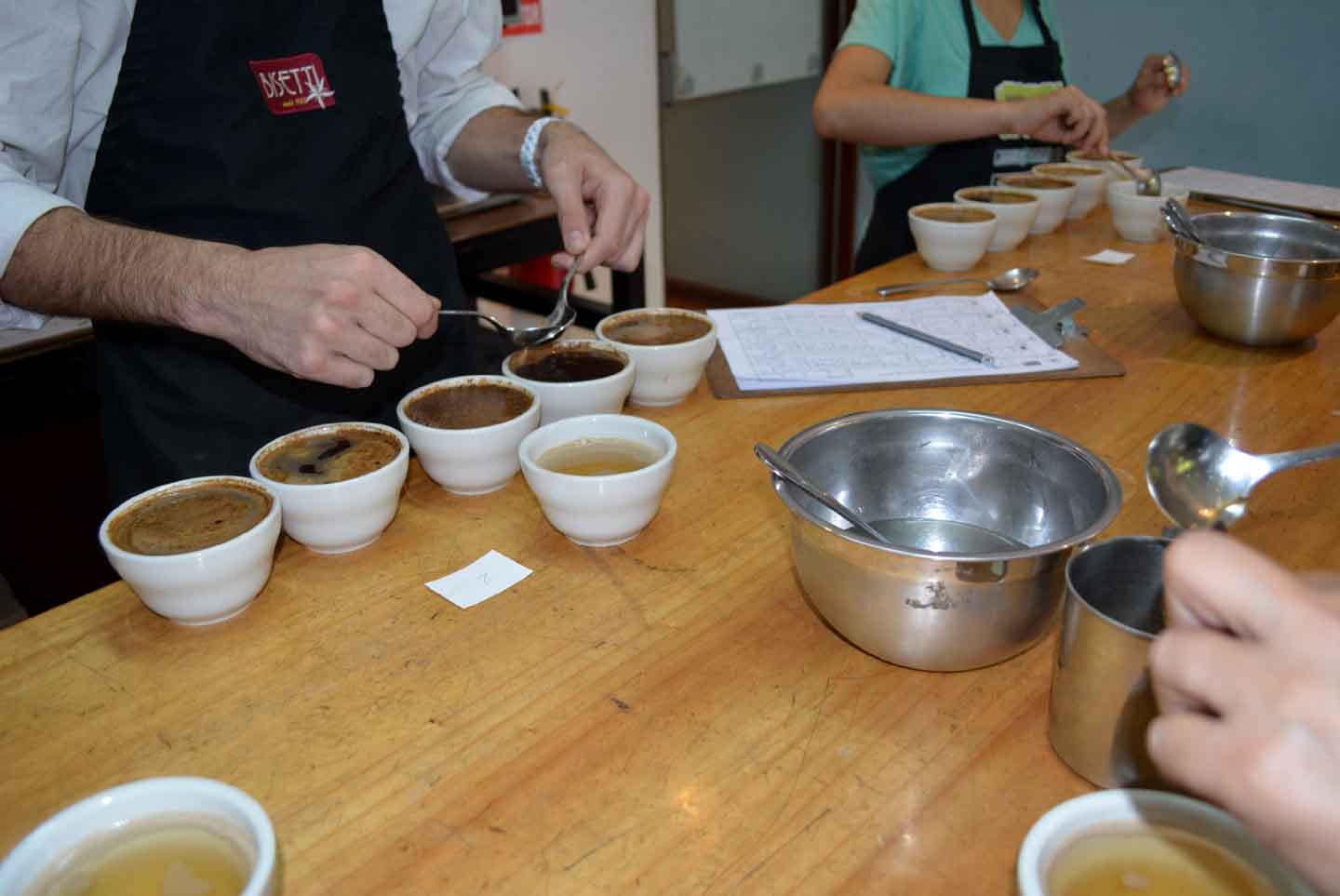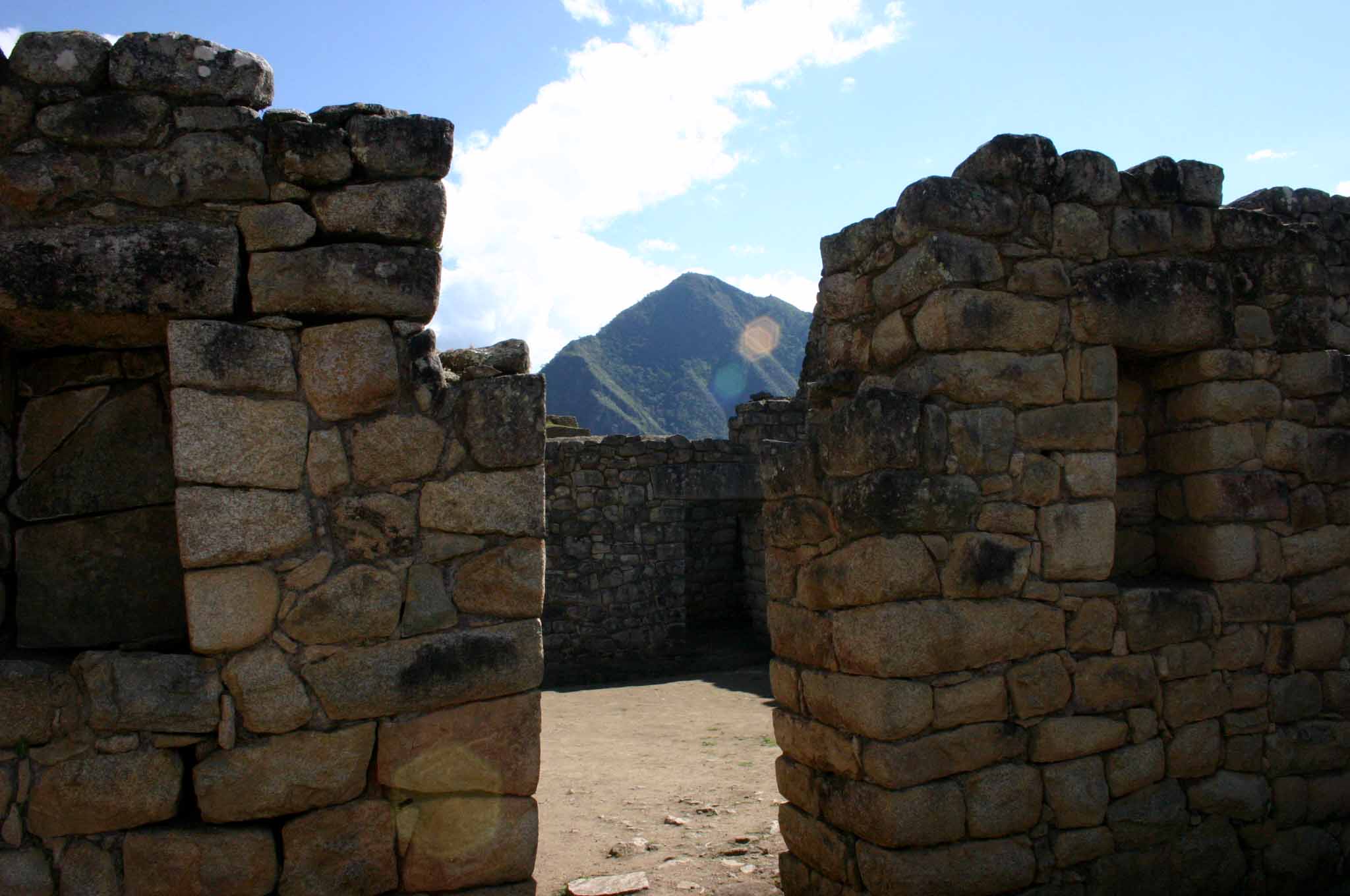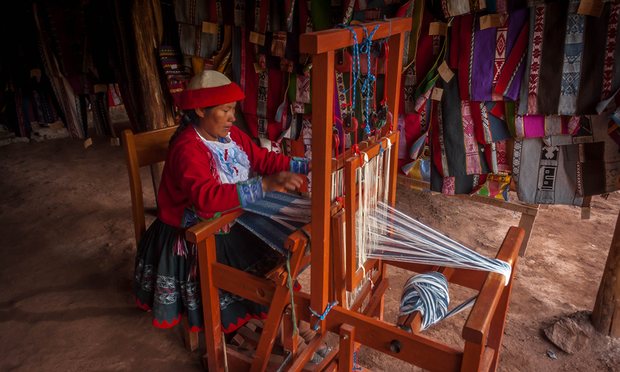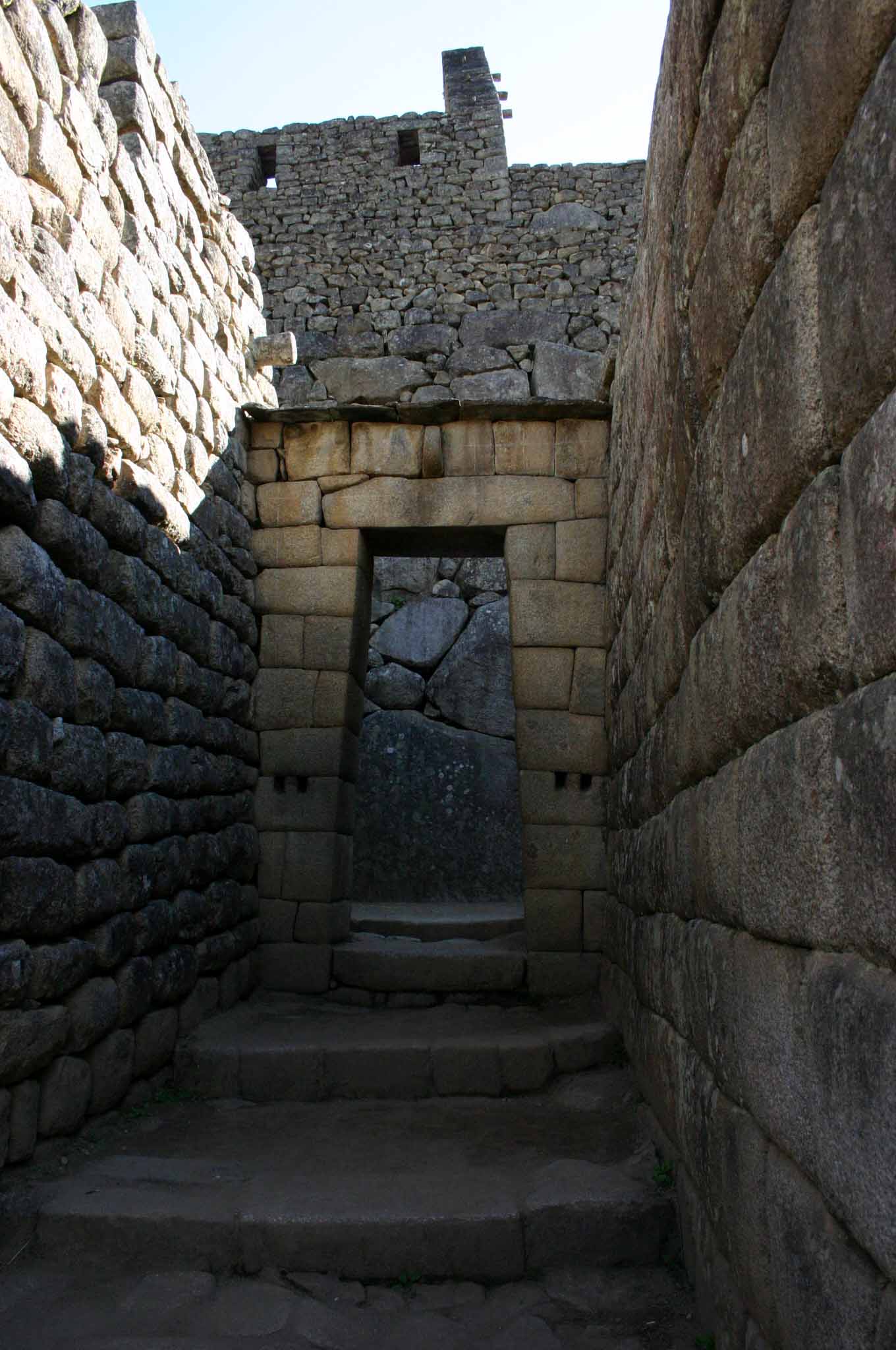
Category Archives: Peru
Tbt Old Peru
Machu Picchu Monday 10 10 16
Tbt Old Peru
Machu Picchu Monday 10 03 16
Weekend Coffee Links September 23-25
We’re back in the saddle, and roasting like crazy to catch up on orders. This coming weekend is CoffeeFest Anaheim, which is sure to be an educational & delightful experience. We look forward to connecting with friends and business associates. Meanwhile, here’s some links for your perusal. Enjoy!
According to a new report, making coffee sustainable will cost billions and take decades.
It’s a lot easier said than done, and getting more money to the farmer workers is the hardest part.
The Philippine Coffee Board is working to educate farmers to do their own coffee tasting
Many farmers have never tasted their own coffee properly roasted and prepared. (Perfect Daily Grind)
On Teaching all of the qualities of perfect ripening, and beyond
Learning more about the science of coffee ripeness, and the precise temperatures for fermentation help farmers to produce the finest coffee. (Perfect Daily Grind)
Climate change could make coffee farming no longer viable. (gulp!)
Farmers and locals are saying the climate extremes of the last few years are changing the viability of coffee farming. (NY Times)
US no longer leads in coffee consumption
Hard to believe…
The founder of the Smithsonian was a coffee geek in 1823 & came up with a good way to prepare coffee
Coffee lovers are uniting in Turkey for the 3rd Istanbul Coffee Festival
Turkey is having a coffee festival. (We won’t be there this year.)
Profits for coffee farmers dangerously low
Low profits could spell the end of specialty coffee
Is Peru the Sunset Land of the Sumerians?
Interesting read about a possible Peru-Sumerian connection.
Eating habits have changed a lot since the 1930’s
Monsanto & Bayer Consolidate More Corporate Agriculture
Got seeds?
Real People, Really Good Coffee July/August 2016
The last few months have been a flurry of activity. (So what else is new!) Besides wearing the green coffee importer hat, we’ve been steadily growing our retail, online, and wholesale roasted (and green) coffee business. I do have a couple of unfinished posts that I hope to publish soon.
The green coffee business has slowed over the summer, but we’re diligent in contacting new roasters to see if we can build a friendship, and some interest in the work (and coffee) that we’ve been doing. The direct trade coffee business is challenging in the real world, because although most would love to help the farmers, sometimes the bottom line seems to outweigh those “out of sight, out of mind” families that labor intensively to harvest, ferment, dry, and bag our daily cup.
The competition is ferocious. The large companies own farms, and contract for the cheapest possible price whenever they buy from local growers. In the ever changing commodity coffee market, this often places the value of the farmer on the bottom end.
Our direct trade model requires the farmer to put in a little more quality control, and attention, but allows earnings that are double or more for their efforts.
Paying more though, puts the smaller direct trade coffee importers at an immediate price disadvantage vs. the “big boys.”
Luckily, we do find many roasters that are interested in more than just price. While the idea of a truly sustainable coffee supply chain may never be completely realizable, we’ll never know what the possibilities are unless we make the attempt. We truly appreciate those who see the bigger picture, and support the small family farmers. The Curibamba Coffee Project is changing lives, and every cup makes a difference.
Meanwhile, the roasting part of the coffee business allows for a better profit potential. Here, the most important thing is quality. We recently purchased a Sonofresco Coffee Roaster for use at Farmer’s Markets & Shows. It’s a fun roaster, and produces excellent flavor in the cup. It works via hot air, and results in an amazingly consistent roast every time. Because we can roast live, it’s an attention getter. Most people are surprised to know that we actually went to the farm to buy our coffee. It’s a wonderful story, and we love to share what we learned along the way. Being warmly received makes it all worth while.
We recently had to contact Sonofresco regarding changes to accommodate roasting at high elevation. The response was very fast, and it’s always nice to know that there is someone behind the scenes. It was relatively easy, so we’re ready to roast fresh coffee sea level to Colorado Rockies!
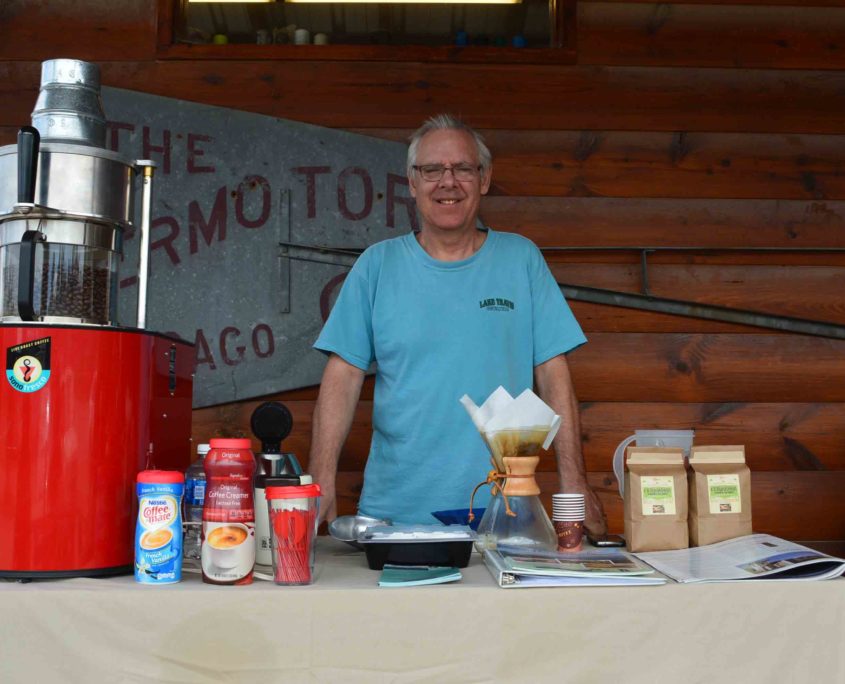
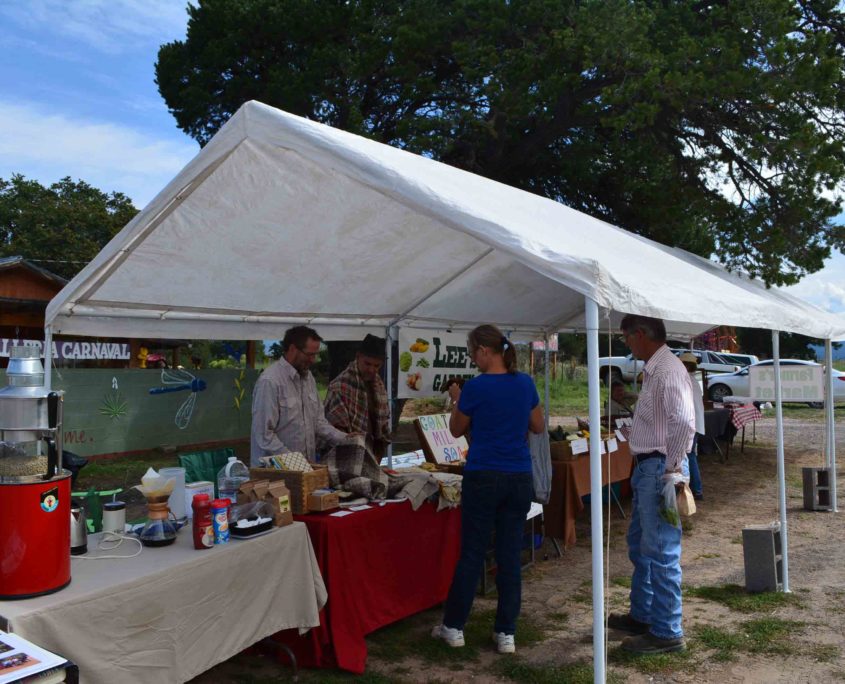

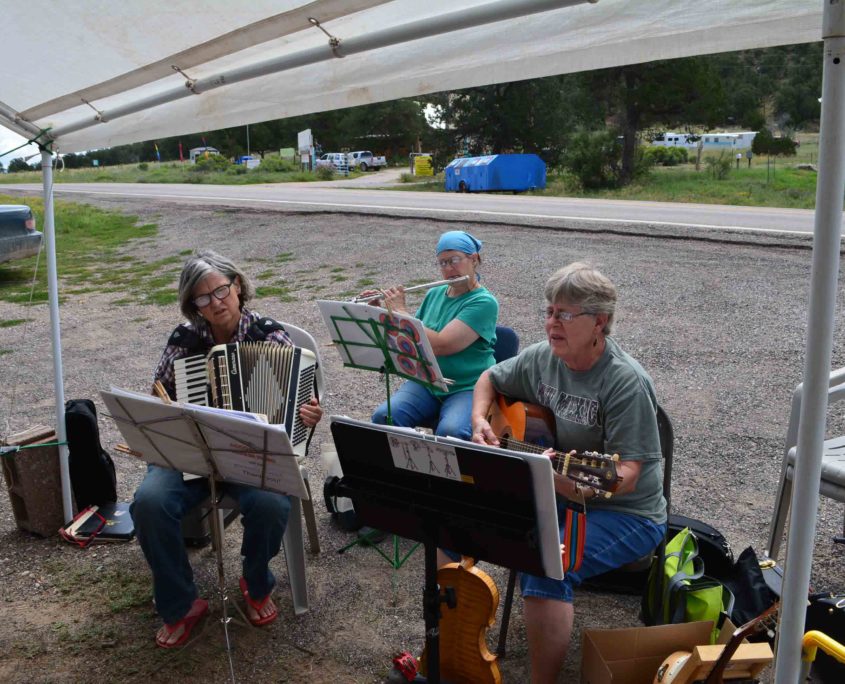
Continue reading Real People, Really Good Coffee July/August 2016
Machu Picchu Monday 5 31 2021
Real People, Really Good Coffee April/May 2016 Update
What a busy time in the coffee world. London kicked off April with Coffee Fest London (see here) & we also had the Specialty Coffee Associations’ big Event in Atlanta (see here.) We couldn’t make the London show this year, but exhibited at SCAA Atlanta.
SCAA was a wonderful experience, and we’ve already reserved our spot for the SCAA event 2017 in Seattle. It was delightful to reconnect with friends, and meet new ones.
From the Farms Continue reading Real People, Really Good Coffee April/May 2016 Update
Traditional Weaving is Revitalizing the Sacred Valley
Returning to traditional weaving is helping families in Peru’s Sacred Valley. We’ve visited the market at Pisac, and the textiles there are outstanding. A good value for the traveler fortunate enough to discover them. New article in the Guardian:
Ccaccaccollo village’s weaving market is perched on an emerald-green Andean mountainside, looking out across Peru’s Sacred Valley. Inside a straw-roofed hut, two women sit at wooden looms working the foot treadles, transforming the frames into thrusting locomotives. Pumpkin-orange and white fibres intertwine as the shafts shift up and down – clack-clack, clack-clack, clack-clack.
Next door, bowls bursting with black corn, eucalyptus leaves and pearl white beans line the terracotta shelves. A woman plunges a ball of alpaca fibres into a pot of steaming dye and pulls out the mesh; it drips crimson like the head of a decapitated warrior.
The 60 Quechua women running this market in Ccaccaccollo, 15 miles north-east of Cusco and about 80 east of Macchu Picchu, source Andean materials to dye clothes, from qolle, a shrunken cauliflower-looking plant, to cochinillas, which are small insects that burrow into cacti.
“Not long ago this was a sad place. We lost our way of life,” Francisca Qquerar Mayta, a spokesperson for the women, tells me. Sacred Inca traditions, which survived the mid-16th century Spanish conquest, disappeared from Ccaccaccollo in the 1990s after a tourism boom caused an economic imbalance in the Sacred Valley.
Most significant was the increase in visitor numbers to Machu Picchu, which surged from about 95,000 a year (including locals) in 1992 to 1.1 million in 2014. Profits rose, too, transforming the region’s capital Cusco into a tourist hub with swanky hotels and expensive restaurants. And while communities close to sacred Inca ruins, like Pisac and Ollantaytambo, also thrived, others were forgotten. Fears over discrimination saw children forced to abandon their indigenous roots, including their native tongue Quechua. Many relocated to tourist locations to become street sellers, or to beg for money.
Full article here: A rebirth of ancient skills revitalises a village in Peru’s Sacred Valley | Travel | The Guardian

